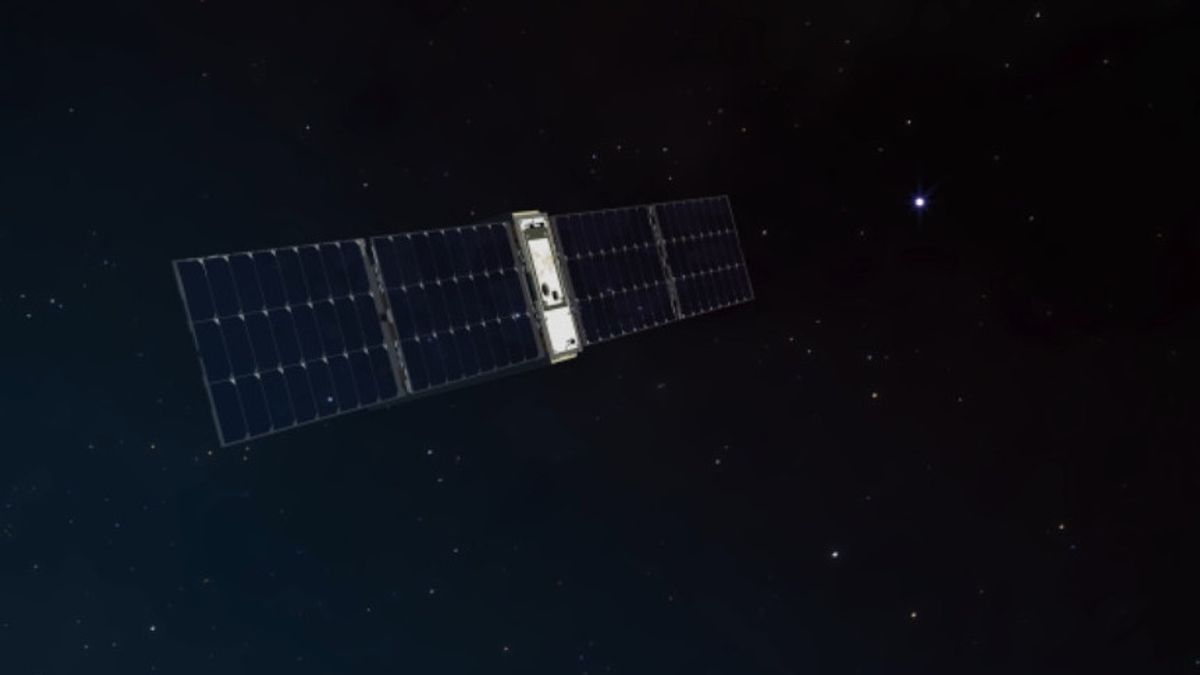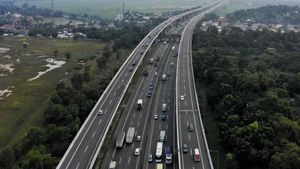JAKARTA The BurstCube, a small shoe box-sized satellite, is on its way to the International Space Station (ISS). The satellite was launched on Thursday, March 21 from Cape Canaveral, Florida.
Through the officialNASA blog, the space agency said that the BurstCube was launched by SpaceX, Elon Musk's space company. The satellite is included in SpaceX's 30th Commercial Supply Service mission.
Seeing the smooth launch of the BurstCube, NASA will wait until the box satellite arrives on the ISS. After that, the crew at the station will dismantle the satellite and release the satellite into orbit to study gamma-ray bursts.
BurstCube lead researcher Jeremy Total, said the satellites launched by NASA and SpaceX would be very useful for science. This launch is also part of the latest technological demonstration.
"BurstCube may be small in size, but apart from investigating these extreme events, it also tests new technologies and provides an important experience for astronomers at the start of space careers and engineers," saidTEN.
SEE ALSO:
Over the years, astronomers have been interested in studying gamma rays using light and gravitational waves. Both can help astronomers in studying different aspects of gamma-ray bursts.
Recent observations incorporating gravitational and light waves were made in 2017 using GW170817, a neutron star merger process. Therefore, additional research is needed using the BurstCube.
"Improving our reach with satellites like the BurstCube raises the chances we will capture more explosions along with gravitational wave detection," said Israel Martinez, a BurstCube team member.
The English, Chinese, Japanese, Arabic, and French versions are automatically generated by the AI. So there may still be inaccuracies in translating, please always see Indonesian as our main language. (system supported by DigitalSiber.id)


















